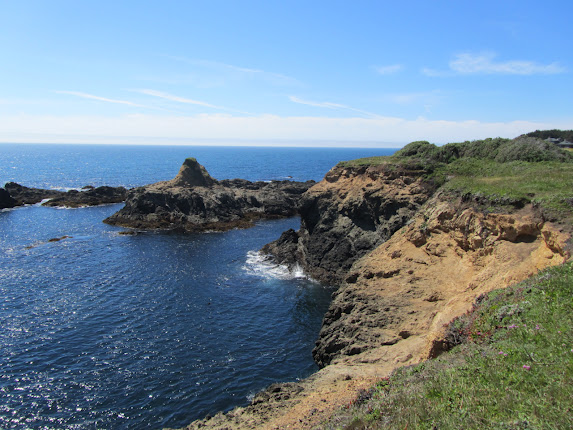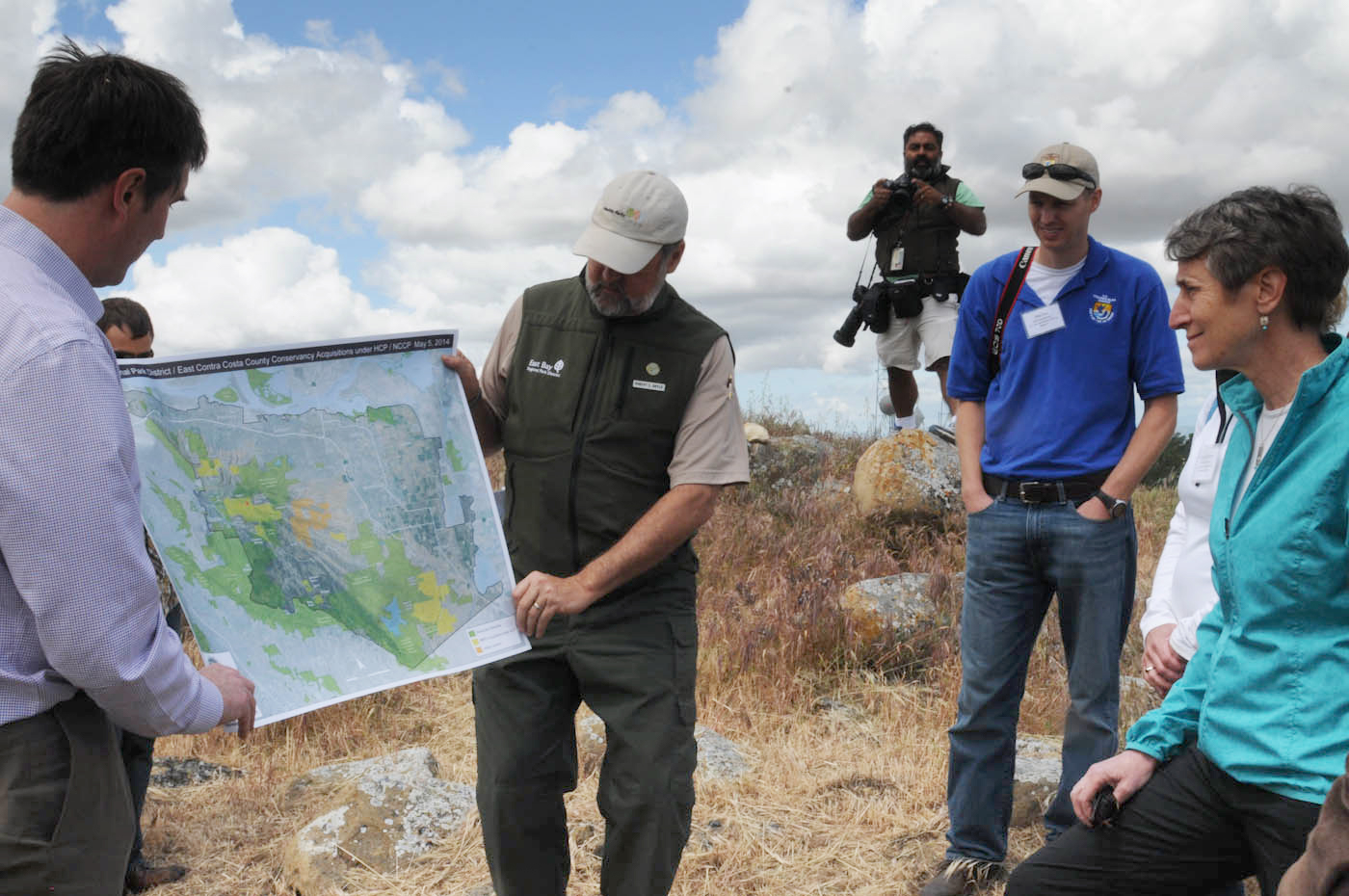A mechanical breakdown could, oddly enough, be one of the reasons Russian Gulch State Park comes off the state parks closure list just before a July 1 shutdown.

Sign up for our free weekly newsletter and understand everything better!


A mechanical breakdown could, oddly enough, be one of the reasons Russian Gulch State Park comes off the state parks closure list just before a July 1 shutdown.

A recent study has proven the obvious: San Francisco Bay is a major conduit for invasive species. And the biggest culprit? Cargo ships and their ballast water. Environmentalists are now pushing for new treatment requirements to stem the tide of alien species.
-150x150.jpg)
Robin Grossinger directs San Francisco Estuary Institute’s Historical Ecology Program. Grossinger’s team uses hundreds of historical texts, photographs, and survey maps to depict what the Bay Area used to look like to help inform present and future stewardship, including several extensive restoration projects around the region.
-150x150.jpg)
With state park closures only a month away, California lawmakers are scrambling to send long-lasting aid to the state park system and keep the gates open.
-150x150.jpg)
Ellie Cohen became president and CEO of what is now PRBO Conservation Science in 1999. Under her leadership, the organization has grown from the local Point Reyes Bird Observatory, founded in 1965, to a hemisphere-scale operation, conducting bird-focused applied ecosystem studies on land and at sea. PRBO uses its wealth of data and partnerships to assess and reduce the impacts of changes in climate and land use on ecosystem health.

Sean FitzHoward has a head start on contributing to local conservation. At 16, the high school junior has already completed an internship with The Bay Institute. Now she’s volunteering with the California Academy of Sciences. She also founded and runs the Protect the Bay Club at San Francisco’s Lowell High School. We caught up with her at Crissy Field to talk about her passion for local environmental action.
-150x150.jpg)
One of the impacts of the economic recession over the last few years has been less interest in developing the Bay Area’s remaining open space.A new report released on Tuesday by Greenbelt Alliance finds that a down real estate market, combined with public policies to restrict growth, has led to a 20 percent drop in the amount of Bay Area land “at risk” for development, compared to six years ago.An estimated 77,300 acres is no longer in the immediate cross-hairs of developers and suburban planners, according to At Risk: The Bay Area Greenbelt 2012. And some 3 million acres total are now protected.
-150x150.jpg)
The imperiled Lange’s metalmark butterfly lives only on a small stretch of remnant dunes near Antioch. Managers of the Antioch Dunes National Wildlife Refuge hope to create precious new habitat, while a captive-breeding program keeps the butterflies just short of extinction.
-150x150.jpg)
For the past 35 years, Valley of the Moon Natural History Association has been helping greet and educate visitors at the Jack London State Historic Park in Sonoma County.As of May 1, however, it’s taken charge of the whole park: 1,400 acres, 10,000 artifacts, and more than a dozen historic buildings.
-150x150.jpg)
On a typical spring day in early May at the Gill Tract, UC Berkeley agriculture researchers would be busy preparing for the summer research season.But this year, in a fenced-off field that usually grows experimental crops, a temporary encampment has sprung up. A group of students and others associated with the Occupy movement have rototilled the soil and planted their own vision of the future of farming.